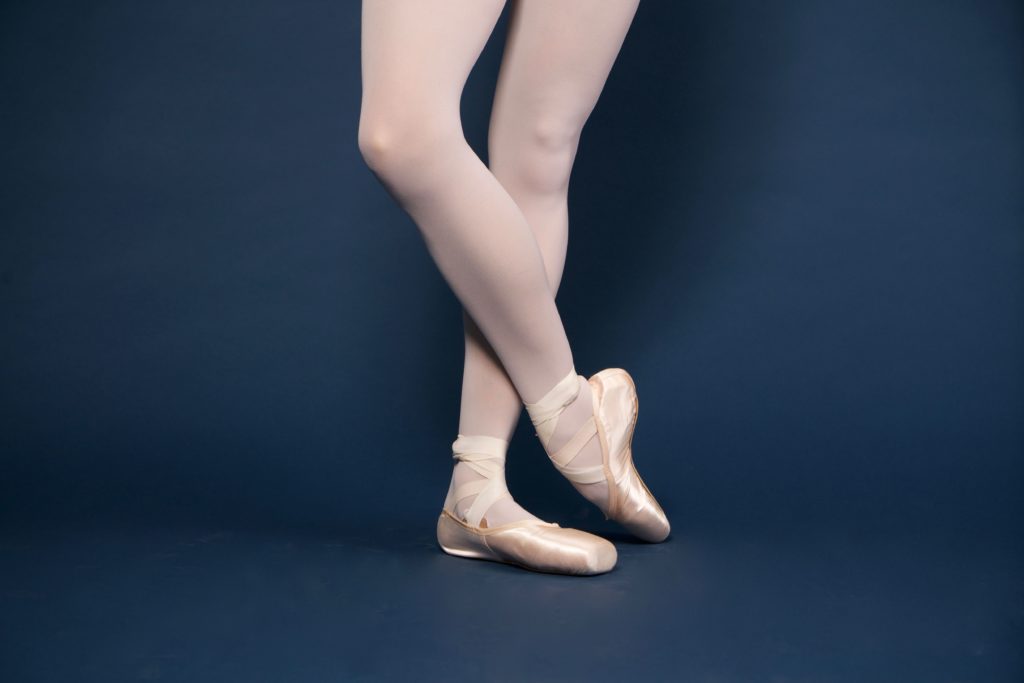In the wide world of dance, ballet looms large for a number of reasons. The extravagance of the productions, its long history and association with class and high culture, the extreme dedication and training of its dancers. One of the most daunting things about ballet for the beginner is the terminology used in its instruction and describing its movements. Words that have come to us from the style’s origin’s in the Italian Renaissance through 19th century France and Russia and through to today. Don’t worry though, we’ll help you out. Here are some of the most common terms used in ballet and their definitions.
Adagio and Allégro
These words come to us from the Italian language, and refer to slow and fast movements respectively. You may recognize these words from classical music pieces, where adagio (which translates to “at ease”) and allégro (lively) are used to suggest the tempo of the section of the composition. In dance it is very similar, where adagio movements are deliberate, slow, and gentle, sometimes referring to the portion of the dance where one dancer is lifted by a partner. Allégro describes fast motions, jumps, and leaps.
Barre


If you’ve ever seen a ballet class at work before then you have seen a barre. It is the long horizontal bar that spans the room which the dancers use for warm up and exercise. Through a series of movements which include squats, lunges, and leg stretches, the dancers build their core and leg strength which is crucial to performing the movements of ballet. They’re a great workout even for non-dancers too!
En Pointe and Pointe Technique


Pointe technique is the series of movements that involve a dancer supporting–and often holding–their entire weight upon the tips of their toes. When a dancer is in such a pose it is called en pointe. This is done with the assistance of pointe shoes, which have specialized flattened tips and sole support to help achieve this difficult maneuver. Years of practice go into a dancer’s perfection of pointe technique, so this is not for the amateurs. Do not try this at home!
Jeté and Grand Jeté
In simple terms, a jeté is a jump where the step and momentum transfers from one foot to the other. A grand jeté is a more spirited and elaborate type of jeté where the dancer leaps forward, high in the air with one leg straight in front of them and the other straight behind. This instantly recognizable move is often seen during an allégro section of choreography.
Pas de Deux


This is a dance for two people. Often but not always found during an adagio movement, this couple’s dance has been a ballet mainstay for ages. A famous example is the lost (and found!) pas de deux from Tchaikovsky’s Swan Lake, which was rediscovered in the 1950s and choreographed by George Ballanchine in New York City in 1960.
Passé


A common movement to position, a passé is when the dancer lifts one leg to the side until the knee is bent and the curled toes are touching, without any applied weight, the side of the knee of the standing supportive leg. This forms a triangle shape from which the dancer can perform various movements.
Pirouette


This iconic move comes from an archaic French word for a spinning top, and is when the dancer spins on one foot, often with the arms in the air and the other leg bent at the knee (or passé) and touching the performing leg. This move is often performed en pointe, though occasionally in demi pointe, which is a “half point” performed on the ball of the foot instead of the toes.
Plié


You know that squat performed by ballet dancers where the knees are bent low at the same time while the heels are together and the toes are pointing away? That’s a plié, and it is one of the most fundamental movements in ballet. Good for the glutes too!
Tendu


A tendu is one of the basic ballet movements where the foot is brought forward sweeping along the floor until it stops and is held on tiptoe in front of the dancer. A common variation of this is the battement tendu, where the foot slides forward, backward, or sideways in a sweeping motion to find its position, all while never leaving the floor. A tendu is practiced with the assistance of the barre.
Try Melissa Sandvig’s beginner ballet class, “The First Steps in Ballet” in our on-demand library.
This beginner ballet class with Melissa is perfect for dancers who are brand new to ballet or for more experienced dancers who want to brush up on their fundamentals! Begin class with a full barre where you will learn some basic ballet steps, and then move to the center to test your balance and learn how to jump effortlessly!

